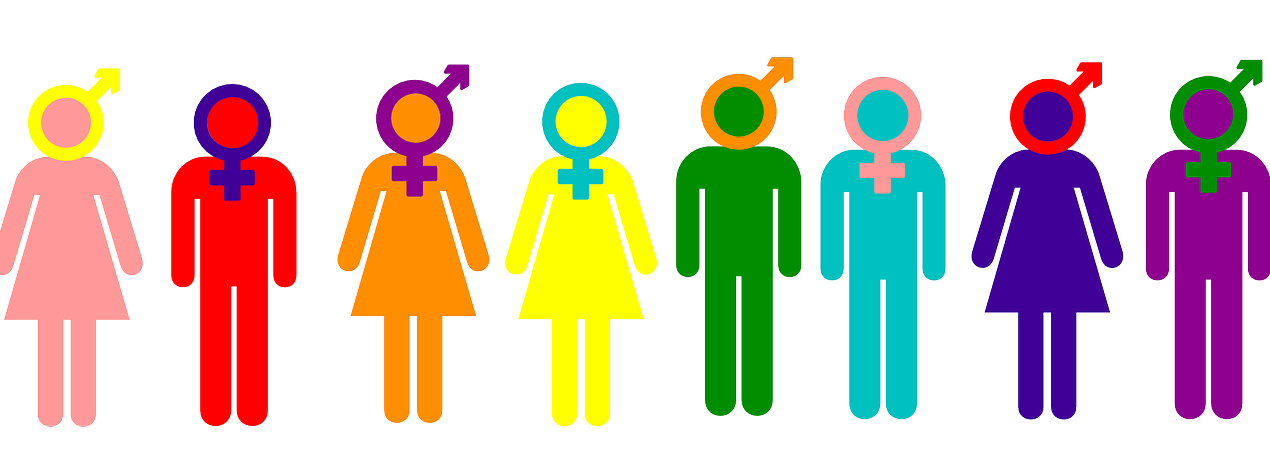
Swedish Gender
In Swedish, there are two genders, or
genus: common and neuter. The Swedes call these two genders
utrum and
neutrum, respectively. Many second-language students of Swedish, however, prefer to call them “-n-gender” and “-t-gender”, due to the standard declensions they take on.
An example of a word of
common gender or
utrum is
hund, which means “dog”. An example of a word of
neuter gender or
neutrum is
hus, which means “house”.
Words of common gender take on the indefinite article en:
Det här är
en hund. –
This is a dog.
Words of neuter gender, on the other hand,
take on the indefinite article ett:
Det här är
ett hus. –
This is a house.
As you can see, Swedish uses indefinite articles in basically the same way as English. Definite articles, on the other hand, are used slightly differently.
In definite form,
common gender nouns take on the definite suffix -en.
Det här är
hunden. –
This is the dog.
As you see here, rather than preceding “dog” in the simple noun phrase “the dog”,
Swedish tacks on the definite article to the end of the noun.
Hund becomes
hunden. In the case of
hus, the word becomes
huset:
Det här är
huset. –
This is the house.
Not that hard, right? It gets a little more complicated when you’ve got an adjective in a definite noun phrase. For example:
den snälla hunden –
the friendly dog
As you can see, the phrase contains two instances of the definite article: one at the end of the noun, and one before the adjective. Don’t let this scare you away; it’s actually a very simple rule:
When you have anything within a definite noun phrase that precedes the noun itself, you add another instance of the definite article to the beginning of the phrase. This is a way to mark where the phrase begins and ends. For common gender noun phrases, the initial definite article is
den, as in the example. For neuter gender words, it’s
det, as in:
det gula huset –
the yellow house
It is obvious that the two Swedish genders DO NOT correspond to masculine and feminine in the Romance languages. The Swedish language originally had three genders: masculine, feminine, and neuter; but the first two have since been meshed together to form the common gender. That’s why, for example,
man and
kvinna, “man” and “woman”, have the same grammatical gender, namely
utrum.]]>

